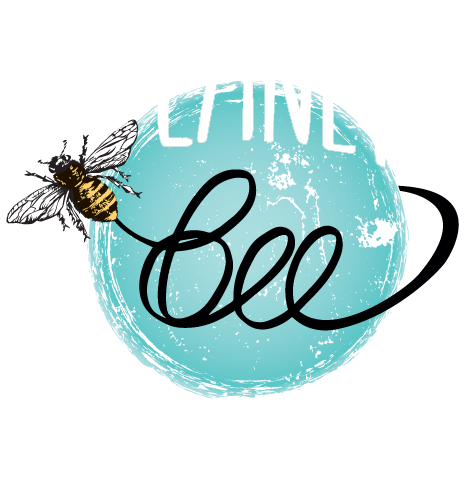The Waggle Dance, Apis Mellifera's (Honey Bee's!) High-Tech Navigation System
- Planet Bee Foundation
- Aug 8, 2024
- 4 min read
Updated: Dec 2, 2024
Honey bees have fascinated scientists and nature enthusiasts for centuries with their complex behaviors and sophisticated communication methods. Among their many remarkable abilities, the waggle dance stands out as one of the most intriguing. This unique dance, performed by forager bees, is more than just a curious spectacle—it's an advanced navigation system that allows bees to share critical information about the location of food sources with remarkable precision. Let's explore the fascinating world of the waggle dance and how it serves as the bees' high-tech navigation system.

What is the Waggle Dance?
The waggle dance is a highly specialized form of communication used by honey bees to convey the location of resources such as nectar, pollen, water, or even potential new nesting sites. When a forager bee discovers a rich source of food, it returns to the hive and performs the waggle dance on the surface of the honeycomb, where other bees can observe and interpret the message.
The dance consists of a series of movements that form a figure-eight pattern. The central part of the dance, known as the "waggle run," is where the bee waggles its body while moving in a straight line. The direction of the waggle run relative to the vertical axis of the honeycomb indicates the direction of the food source in relation to the sun. The length of the waggle run, on the other hand, communicates the distance to the resource. The longer the waggle run, the farther away the food source is.

Decoding the Waggle Dance
The waggle dance is an extraordinary example of non-verbal communication that relies on precise movements and timing. Here’s how bees decode the information:
Direction: The angle of the waggle run relative to the vertical axis of the comb corresponds to the angle between the sun and the direction to the food source. For example, if the bee waggles directly upward, it’s indicating that the food source is in the same direction as the sun. If the waggle run is at a 45-degree angle to the left of vertical, the bees know to fly 45 degrees to the left of the sun's current position.
Distance: The duration of the waggle run corresponds to the distance to the food source. A shorter waggle run indicates that the resource is nearby, while a longer waggle run suggests that the bees will need to fly further to reach the food. Bees are able to translate the length of the waggle run into an approximate distance in the field, with remarkable accuracy.
Quality of the Source: The enthusiasm and vigor with which the waggle dance is performed can also convey information about the quality of the food source. A more vigorous dance suggests that the food source is particularly rich and worth visiting.


A Collective Decision-Making Tool
The waggle dance is not just a simple message; it’s part of a complex decision-making process within the hive. When multiple foragers return with information about different food sources, they each perform their own waggle dances. Other bees observe these dances and compare the information, ultimately leading to a collective decision about which source is most beneficial to the hive.
This collective behavior ensures that the hive optimizes its foraging efforts, focusing on the most rewarding food sources. It also demonstrates the incredible efficiency of honey bee colonies, where thousands of individual bees work together, guided by the information shared through the waggle dance.
The Science Behind the Dance
The waggle dance has been studied extensively by scientists, with groundbreaking research conducted by Nobel laureate Karl von Frisch in the 20th century. His work revealed the sophisticated nature of the waggle dance and how it enables bees to navigate complex landscapes. Von Frisch’s discovery was revolutionary, showing that honey bees possess a form of symbolic language—a trait once thought to be unique to humans and certain other animals.
Further research has explored how bees integrate information from their environment, such as the position of the sun, landmarks, and even the Earth’s magnetic field, to perform and interpret the waggle dance. This intricate system highlights the advanced cognitive abilities of honey bees and their incredible adaptability.
The Waggle Dance and Bee Conservation
Understanding the waggle dance not only provides insight into the complex lives of honey bees but also underscores the importance of conserving these vital pollinators. As bees face numerous threats from habitat loss, pesticides, and climate change, protecting their ability to forage and communicate is crucial for their survival and the health of our ecosystems.
At Planet Bee Foundation, we are committed to educating people about the fascinating world of bees and the critical role they play in our environment. By raising awareness of behaviors like the waggle dance, we can inspire greater appreciation for honey bees and the need to protect their habitats.
The waggle dance is a testament to the ingenuity and efficiency of honey bees. This high-tech navigation system, developed through millions of years of evolution, allows bees to share vital information and make collective decisions that benefit the entire colony. As we continue to study and learn from these incredible creatures, we gain not only a deeper understanding of the natural world but also a renewed sense of responsibility to protect and preserve it.
Bring our STEM lessons to your school and learn about the Waggle Dance


